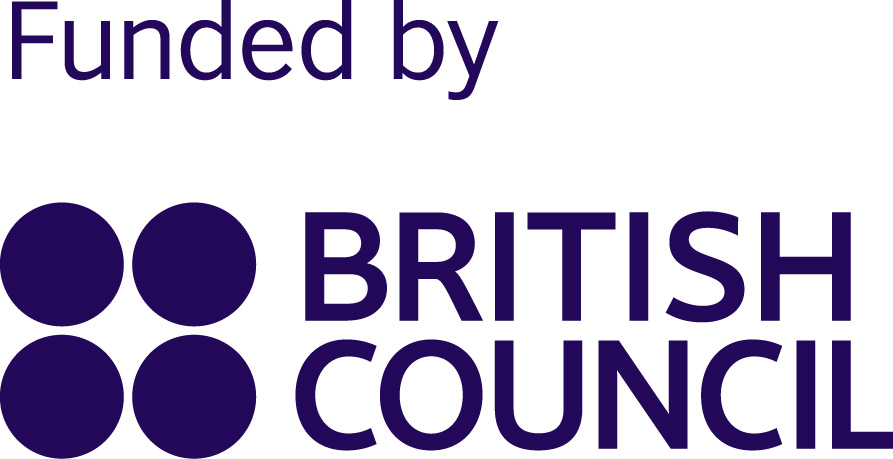Sexism in the workplace remains a significant challenge, but women can adopt various strategies to overcome these barriers and thrive in their careers. Here are some effective approaches:
Building confidence and assertiveness
Women should advocate for themselves by confidently expressing their achievements, aspirations, and concerns. This can involve negotiating salaries, asking for promotions, or seeking challenging projects. Participating in assertiveness training can help women develop the skills to communicate their needs and boundaries clearly and effectively.
Leveraging support networks
Seeking out mentors and sponsors who can provide guidance, support, and advocacy can be crucial for career advancement. Mentors offer advice and feedback, while sponsors actively promote their protégés within the organization. Joining professional organizations and networks for women can provide valuable resources, connections, and a sense of community. These networks often offer workshops, conferences, and forums for sharing experiences and strategies.
Enhancing skills and knowledge
Pursuing additional education, certifications, and skill development can help women stay competitive and open up new opportunities for advancement. Participating in leadership development programs can equip women with the skills and confidence needed to take on leadership roles and challenge existing biases.
Addressing bias and discrimination
Understanding the forms of sexism and bias that can occur in the workplace is the first step in addressing them. Women should educate themselves about their rights and the policies in place to protect them. When encountering sexism, it’s important to address it directly and professionally. This might involve documenting incidents, reporting them to HR, or discussing them with a supervisor. Identifying and collaborating with allies in the workplace—both male and female—who support gender equality can help amplify voices and effect change.
Fostering an inclusive work environment
Advocating for diversity and inclusion initiatives within the organization can create a more supportive environment for women. This can involve participating in or leading diversity committees and initiatives. Establishing and participating in women’s groups or forums within the organization can provide a platform for discussing challenges, sharing experiences, and developing collective strategies to address sexism.
Work-life balance and self-care
Maintaining a healthy work-life balance is essential. Women should set boundaries to ensure they have time for personal interests, family, and self-care. Taking care of one’s physical and mental health is crucial. This might involve stress management techniques, regular exercise, and seeking professional support when needed.
Legal and organizational support
Familiarizing themselves with legal protections against discrimination, such as those provided by the Equal Employment Opportunity Commission (EEOC) in the United States, can empower women to take action when necessary. Engaging with Human Resources to understand and utilize the resources available for addressing discrimination and harassment is important. HR can provide guidance on policies, procedures, and support systems.
Leading by example
Women who reach leadership positions can inspire and mentor others, demonstrating that success is achievable despite challenges. Women in positions of influence can use their platform to advocate for policy changes, promote diversity, and support other women in their career progression.
By implementing these strategies, women can overcome sexism in the workplace, fostering a more inclusive and equitable environment for themselves and future generations.





